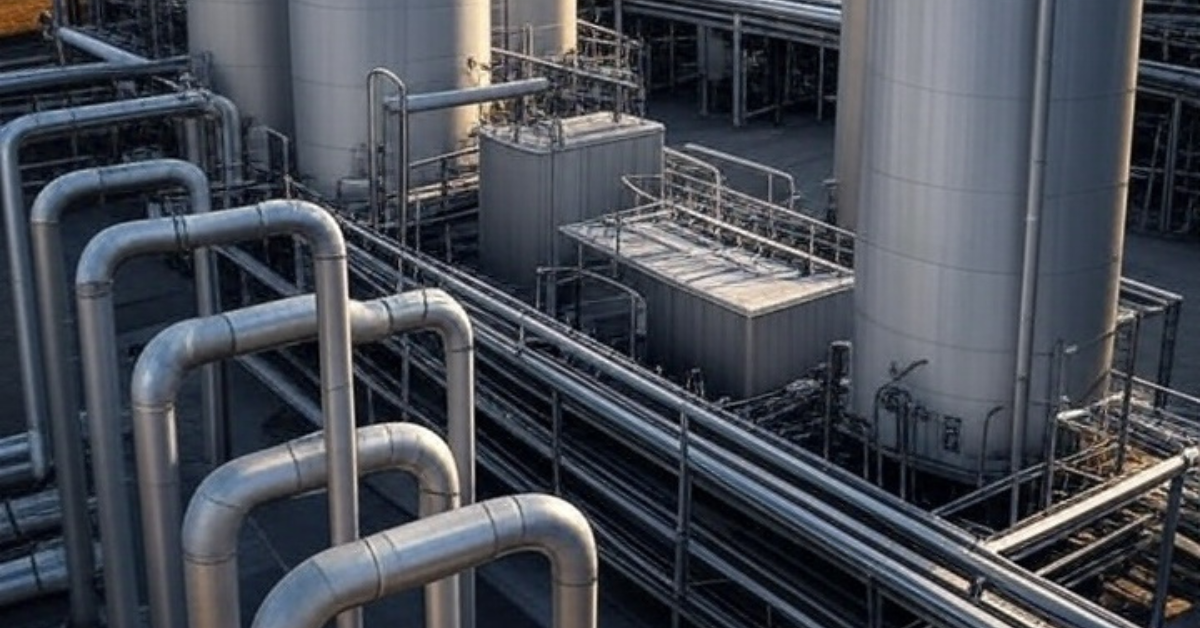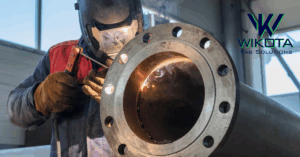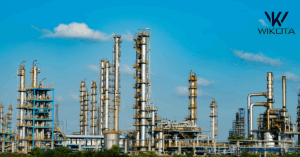Gas upgrading systems are vital in refining industrial gases for applications in manufacturing, energy, and environmental management. These systems, built through precise fabrication processes, ensure high-purity gases that drive efficiency, safety, and sustainability. As industries demand cleaner, more efficient solutions, fabricating gas upgrading systems has become a cornerstone of modern industrial operations. In this blog, we explore what gas upgrading systems are, how they’re fabricated, and their critical role in industrial success.
What Are Gas Upgrading Systems?
Gas upgrading systems are engineered setups that purify and separate gases, enhancing their quality for specific industrial needs. These systems remove impurities, water vapor, and unwanted compounds from gases like biogas or methane, producing high-purity outputs such as biomethane. Used in applications from renewable energy production to precision manufacturing, gas upgrading systems are fabricated to meet exacting standards, ensuring compatibility with processes like welding, cutting, or power generation.
For example, fabricating gas upgrading systems for biogas involves removing contaminants like carbon dioxide and hydrogen sulfide, transforming waste-derived gas into clean biomethane suitable for natural gas grids or energy production.
Why Fabricating Gas Upgrading Systems Matters
The fabrication of gas upgrading systems directly impacts their performance in industrial settings. Precision engineering ensures these systems deliver pure gases, which are essential for:
- Superior Product Quality
In fabrication processes like welding or coating, gas purity affects outcomes. Impure gases can cause weld imperfections or uneven coatings. Fabricating gas upgrading systems with high-quality components ensures clean gases, resulting in stronger welds, precise cuts, and durable finishes.
- Enhanced Efficiency
Well-fabricated gas upgrading systems produce gases with consistent energy content, optimizing processes like heat treatment or cutting. This reduces waste, minimizes downtime, and streamlines operations, making fabrication facilities more productive.
- Environmental Responsibility
Fabricating gas upgrading systems with advanced purification technologies, such as CO₂ removal or desulfurization, reduces emissions of harmful compounds like hydrogen sulfide or volatile organic compounds (VOCs). This helps industries comply with environmental regulations and supports sustainable practices.
- Cost Efficiency
High-quality fabrication of gas upgrading systems leads to long-term savings. Purified gases improve fuel efficiency, reduce waste, and allow for gas reuse, lowering operational and supply costs over time.
- Workplace Safety
Contaminants in gases can pose risks in high-pressure or high-temperature settings. Fabricating gas upgrading systems with robust safety features, like reliable filtration and compression units, minimizes hazards, protecting workers and equipment.
Core Components in Fabricating Gas Upgrading Systems
Fabricating gas upgrading systems requires assembling specialized components tailored to the gas and application. Key elements include:
– Compression Units: Built to pressurize gases for efficient purification and consistent flow.
– Membrane and Adsorption Systems: Engineered to separate impurities, using selective membranes or filter beds to isolate desired gases.
– Desulfurization Modules: Fabricated to remove sulfur compounds, preventing equipment corrosion and environmental harm.
– CO₂ Removal Units: Designed to capture carbon dioxide, increasing the concentration of methane or other target gases.
– Dehydration Systems: Constructed to eliminate moisture, ensuring corrosion-free equipment and optimal gas performance.
Each component is meticulously fabricated to ensure durability, precision, and compatibility with industrial demands.
Applications of Fabricated Gas Upgrading Systems
Fabricated gas upgrading systems support a wide range of industries, delivering high-purity gases for:
– Welding and Cutting: Pure gases like nitrogen or oxygen, enabled by well-fabricated systems, ensure precise welds and cuts without defects.
– Heat Treatment: Consistent gas quality from upgraded systems supports uniform heating, enhancing metal properties in fabrication.
– Coating and Surface Treatment: Purified gases ensure even, durable coatings for fabricated products.
– Renewable Energy: Fabricated systems upgrade biogas into biomethane, powering sustainable energy solutions for fabrication facilities.
The Future of Fabricating Gas Upgrading Systems
Advancements in fabrication are making gas upgrading systems more efficient and sustainable. Innovations like advanced membrane technology, catalytic purification, and AI-driven monitoring systems improve gas quality and system performance. Automation in fabrication ensures precision, while compact designs make these systems accessible to facilities of all sizes.
As industries prioritize sustainability, fabricating gas upgrading systems with eco-friendly materials and processes is becoming standard. These advancements help businesses meet production goals while reducing environmental impact.
Conclusion
Fabricating gas upgrading systems is critical for delivering high-purity gases that enhance efficiency, safety, and sustainability in industrial processes. From welding to renewable energy, these systems empower businesses to achieve superior results while meeting regulatory and environmental standards. By investing in expertly fabricated gas upgrading systems, companies can optimize operations, cut costs, and stay competitive in a rapidly evolving industry.
Ready to power your next project? Explore our Fabrication Services and let’s build something strong together.
Contact us today to learn how Wikota’s Fab Shop can help with your fabrication needs.
Serving North America – We ship completed projects anywhere in the US.




